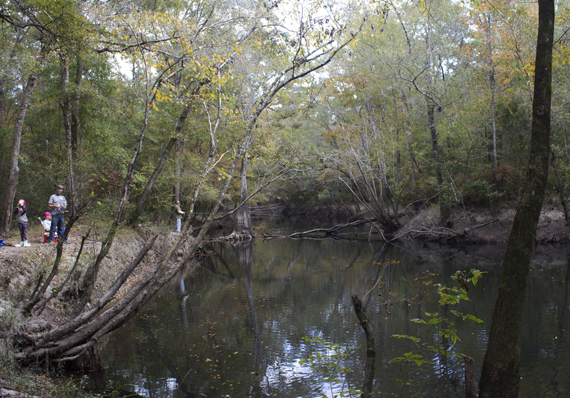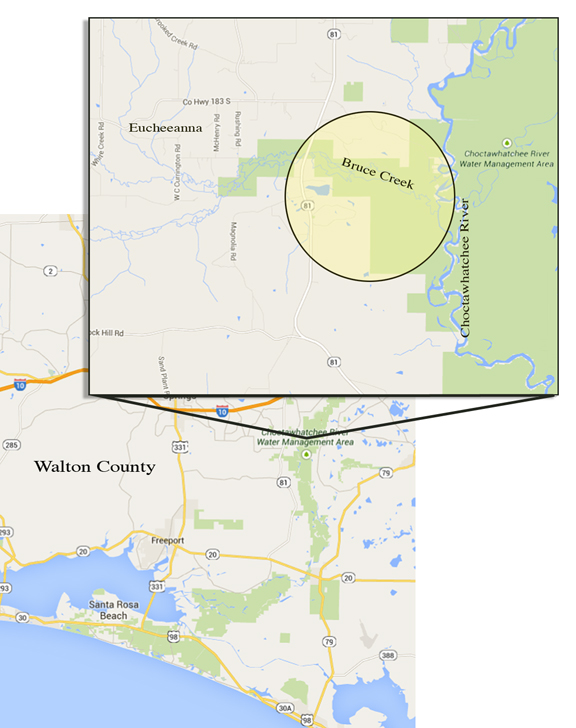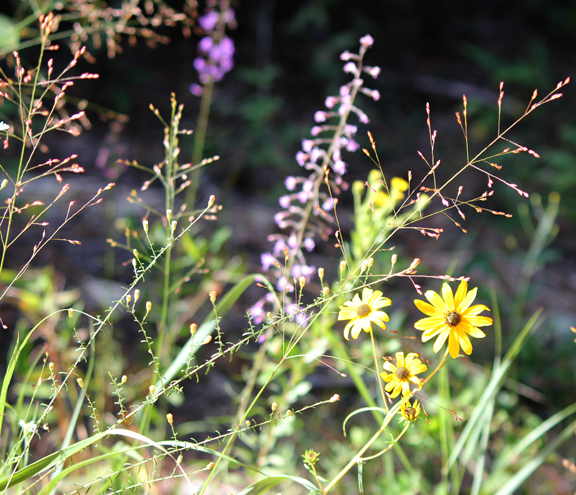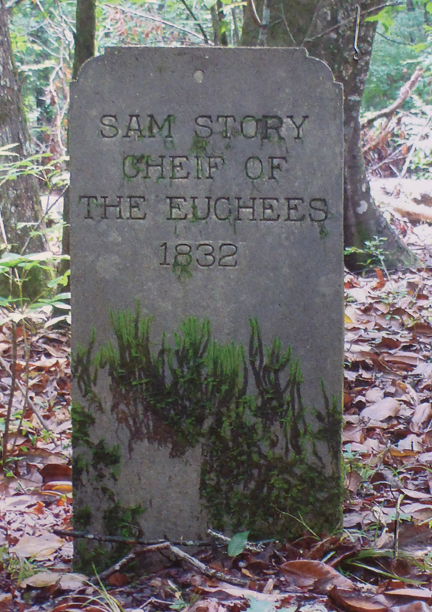
Could it be an Euchee (Yuchi) Indian chief named Sam Story was the earliest known conservationist in Walton county? Our history books tell us so, however some traditions handed down may be simply legends, and solidified as truth when shared through generations. So with that said, here is one story, through a collection of information, about a man named Sam Story.

Historic documentation shows many of the earliest white settlers in Walton County were Scottish families from North and South Carolina. One of the first families it is said, the McLennan clan, came to settle in Walton in the early 1800s.
After reading about the natural beauty of Florida, Neil McLennan first brought his family to the Escambia, Blackwater river area not far from Pensacola. The family relocated from North Carolina looking for fertile land, clean air, and a place with hog and sheep ranges. However, the area was not exactly what McLennan wanted, and he went searching for something more. On a trip to Pensacola, he heard of a great trader; an Euchee Indian Chief named Sam Story, also known as Timpoochee Kinard.
Story was living with his tribe in an area east along the Choctawhatchee River, and would often come to Pensacola by boat to trade with merchants. McLennan heard that Story was ethical, a successful hunter, trader, and friendly towards the white man. He also heard that Story lived in the land of plenty.
McLennan made arrangements to meet the Chief. When the two met, they quickly became good friends. Chief Story spoke fondly of his great hunting ground, and welcomed McLennan to join him. The Chief said to McLennan “come and see,” and told him the best way for him to come was by an Indian trail leading from the northwest toward the southeast, and if he would follow that trail it would lead him to his headquarters on the south bank of Bruce Creek. This place along the creek became known as the “Old Place,” and became the first settled place in the Walton County.
When McLennan arrived, he was gladly welcomed and royally received by the Chief and his tribe. McLennan was served strong black coffee, fresh Indian cornbread, fresh game and jerked venison hams. Legend states that when McLennan arrived, Story handed him his tomahawk and said he could have as much land as he could carve out in one day. McLennan, went back to Pensacola and retrieved his family, and returned to settle along the beautiful Choctawhatchee River.

McLennan built his homestead not far from the Chief’s headquarters. Soon, several Scottish families were invited to come settle in the area. The fertile land near Bruce Creek spread westward into an area known now as Eucheeana Valley.
Chief Story taught safe burning practices to the settlers, educating how controlled burns brought better fruit bearing trees and shrubs. He also taught them sustainable hunting practices so the deer and hog could also thrive, and educated the new settlers on how to grow corn.
For several years, the Scottish settlers and the Euchee tribe thrived side by side. Then, uninvited settlers started to arrive. These new settlers had no regard for the sustainable practices, and no respect for the indigenous people. Random out of control burning, killing of deer for sport, and random killing of non-game birds for amusement became commonplace. This new behavior distraught the Chief, his tribe, as well as many of the original Scots.
The old chief said “he did not want to live among a people that had to be made to look out for themselves and others, that knew nothing but waste, and cared nothing for the days ahead.”
Fed up, the Chief decided to explore land to the east and south. He left his tribe, put his son, Jim Crow in charge, then went south with four of his sons and five of his tribe’s men. He had hoped to find a new home for himself and his tribe- a place where they might live in peace and plenty. They went as far as the Everglades and over to the Atlantic coast. After six months, the tired Chief returned. He could not find another place as beautiful as along the Choctawhatchee River.
Exhausted and ill, Chief Sam Story was near death. However, before he died, he made a request to his white friends that he be buried in a deep grave like them.
“I want to be buried in a coffin deep down in the ground after the manner of your burying. I want my bow unstrung and arrow and tomahawk placed by my side.”
Then, turning his eyes towards his faithful squaw and children he said, “I am passing through the swollen river to join those that have passed over to a better hunting ground. Good-bye.”
And then he closed his benignant eyes in peace.
Some history states the tribe headed back down south and merged with the Seminole tribe. No one knows for sure.
Near the end of the 19th century, the State of Florida decided to have an Indian representative from Dade County to represent the Seminoles in Tallahassee. Although the Indians didn’t get a chance to have a voting member, they still sent a representative. This delegate claimed to be the grandson of Sam Story, and the son of Sleeping Fire, who was Sam’s youngest son.
Is the story about Sam Story a fable? No one knows for sure. Story’s relationship with the early Scottish settlers is mentioned several times in Walton’s history books. There are no photos or illustrations of the Chief, only a tombstone on private land near the river which reads “Sam Story, Cheif of the Euchees 1832.”
The Muscogee Nation of Florida in Bruce acknowledges Sam Story. They had been tending his burial site for years until the current landowners fenced it in.
We know one thing to be true, Sam Story was legendary.
Interested in exploring the Bruce Creek area? Head up to State Road 20 and go east to State Road 81. Head north past Red Bay Grocery and look for Louie Miller Road. Turn right on Louie Miller Road and follow the signs to Bruce Creek Landing. Learn more by clicking here.
Sources:
History of Walton County by John L. McKinnon, 1911
The Heritage of Walton County by Heritage Publishing Consultants, Inc. and The Walton County Heritage Book Committee
Muscogee Nation of Florida
Baker Block Museum, Baker, Florida

